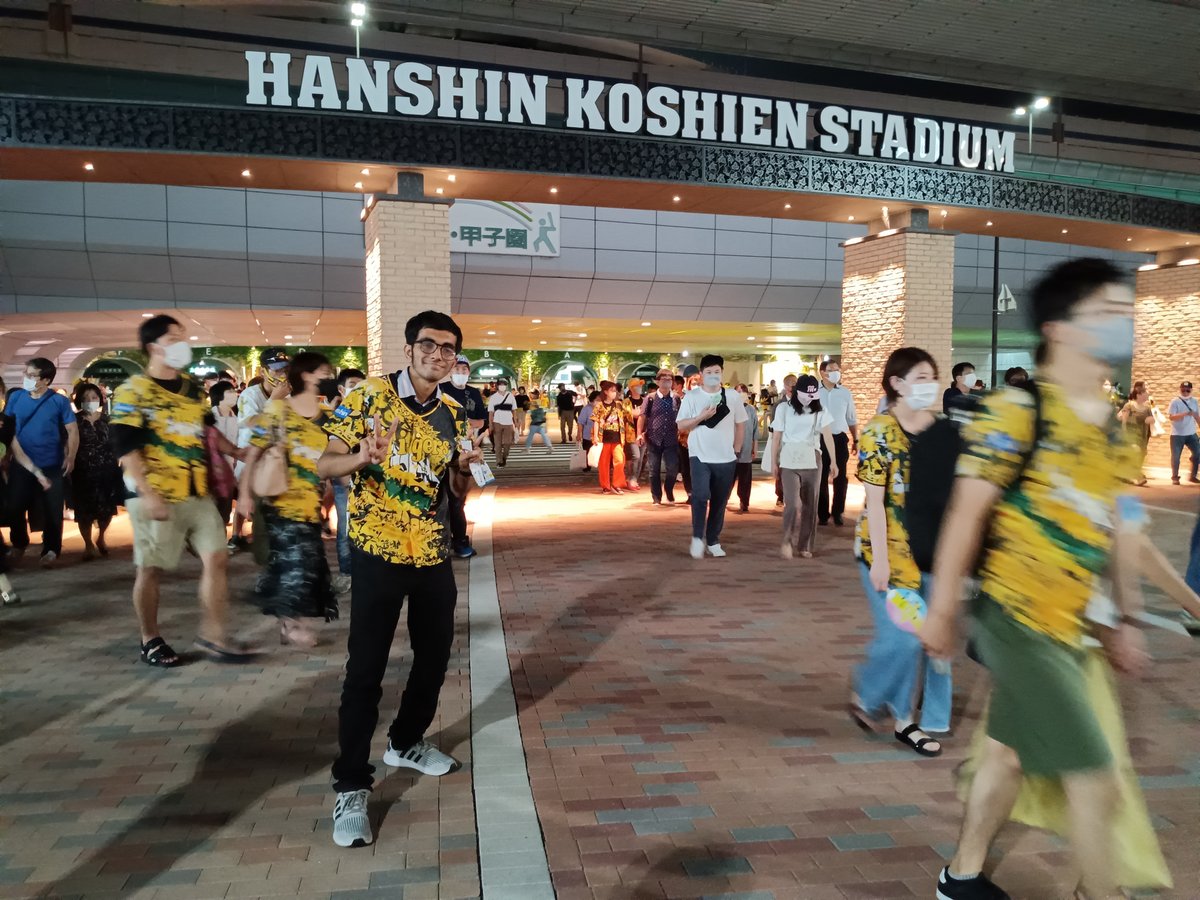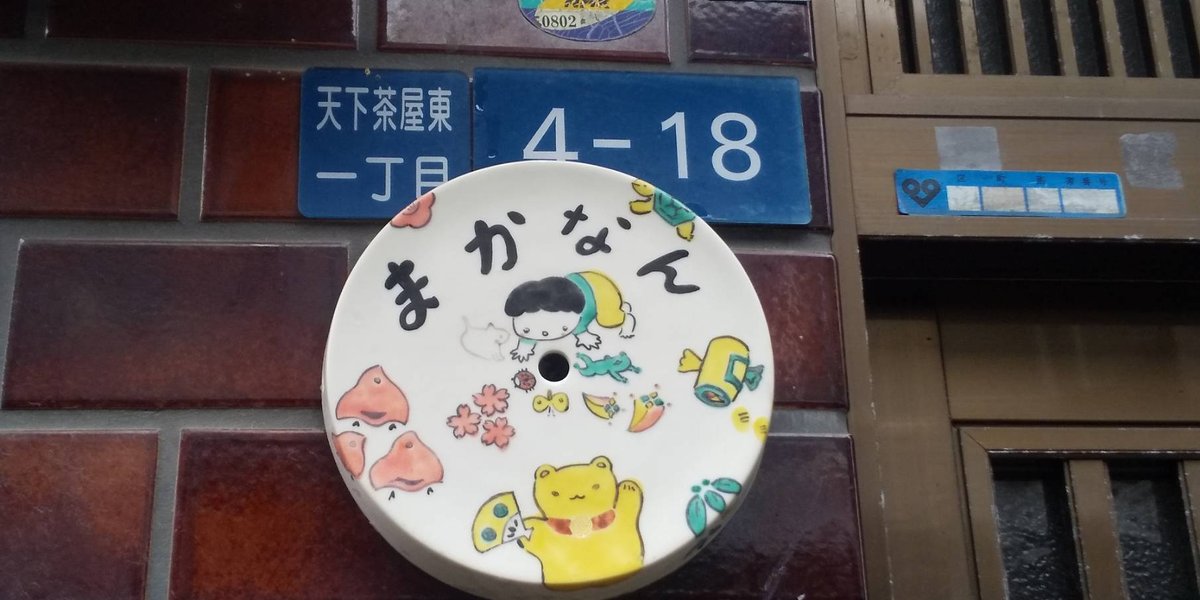
年越しそばToshikoshisoba

ヒンドプルスリニワスガウタム
హిందూపూర్ శ్రీనివాస్ గౌతమ
日本語版 Japanese Version
(English Version Below)
新年の直前と直後は、個人にも家族にも特別である。新たな希望と抱負を胸に、年末は新年の幕開けを待つ。12/31は、「蕎麦」すなわち「年越しそば」だ。この特別な蕎麦は、1年を締めくくる主要な食事だ。「年越しそば」は、おめでたい雰囲気を盛り上げるだけでなく、家族や友人をひとつにするのに役立つ。この細長い麺は、普段、近所の食堂で出される蕎麦や、スーパーで買えるものと同じように見えるかもしれないが、文化的な意義からみると、1年の感謝の気持ちを生み出す特別なものである。今回、私は、繊細な製造工程を見学することで、親しまれている大晦日の味を作るために費やされる職人の努力を理解することができた。

まず、「年越しそば」は何であるか。年越しそばとは、12月31日、つまり大晦日に食べるそば粉の麺である。この蕎麦のいくつかの特徴は、海外ではあまり知られていない大きな意味がある。繊細な香りと食感は、1年の苦労を見送る象徴として使われ、長い麺は健康で長生きできるようにとの願いがある。大晦日にそばを食べるという儀式は、江戸時代、町人の主要な儀式となり、現在に至っているという。かつては家庭で作られることもあったが、工程が複雑で難しいため、熟練した職人や工場で作られることが多い。

手打ちそばは熟練の技が必要だ。蕎麦専用のテーブル、包丁、麺棒、板などの特殊な道具が必要である。また、そば打ちの専門学校で長い修行を積むこともある。切りたての麺は素早く茹でられる。麺を茹でるのに使った残り汁で蕎麦湯を、スープとして、飲むこともある。そばは特別な蕎麦猪口で供されることもある。このカップは日本ならではの、多彩で無限な模様が独特の雰囲気だ。その蕎麦猪口は日本文化において重要な価値を持つ。この陶器製のカップは、江戸時代からもので、戦後、外国人コレクターの手に渡ったものもあり、その芸術性が高く評価されている。


2022年に来日した私は、3年近くそばを食べていても、蕎麦にこめられる意味を知らなかった。2024年12月、大阪市西成区の「まかなん」で、この日本のおいしさを作るために必要な努力を知った。ここで蕎麦を打つ主水さんは、このそばを打ち出すためにあらゆる努力を費やしていた。その工程を見ながら、彼が、いかに細部までこだわってそばを打っているかがわかった。そば打ちにかける情熱を目の当たりにして、主水さんへの敬愛の念が深まっただけでなく、愛情やノウハウが味を生み出すのだとわかった。そば打ちが最高の結果を得るために必要な努力であることを伝えることで、純粋に2025年を素晴らしい形で年明けることができた。


まかなんは大阪市西成区にある交流スペースである。




外国人も日本の文化が体験できる。賑やかな大阪の裏町にある、日本の長屋で過ごす時間は、タイムスリップしたようで、別世界のような、真の伝統文化の雰囲気を感じさせてくれる。

まかなんでは、普通の観光では知れない、日本文化が味わえる。そいう機会は人生を豊かにするので、私はチャンスを活かして体験した。まかなんを案内してくれた、NPO法人多文化福祉センターCAMICAの河辺さんに心から感謝している。
私はこれからも、この国を深く楽しみたい。
世界中のみなの新年が年越しそばの意味にこめられたように、希望をもたらし、繁栄が続くように。
まかなん
大阪府大阪市西成区天下茶屋東1丁目4-18
NPO法人多文化福祉センターCAMICA
大阪府大阪市西成区聖天下1-12-11
#年越しそば #蕎麦 #そば #西成 #まかなん
英語版 English Version
The time before and after the New Year is very special for both individuals and families. With new hopes and aspirations, people wait for the dawn of the new year. In Japan, the 31st of December is said to be the day of "soba" or "toshikoshi soba". This special soba is said to be the main dish that is used to conclude the year. "Toshikoshi soba" not only adds to the festive atmosphere but also helps to bring family and friends together. These long, thin and delicate noodles may appear like the soba noodles served at your local diner or available at the supermarket, but in terms of the cultural significance, they are special and exclusive which helps to create a sense of gratitude for the year before. By observing the delicate manufacturing process, I was able to understand the efforts that chefs or artisans put into creating the beloved New Year's Eve flavor.

Firstly, what is toshi-koshi soba? Toshi-koshi soba is buckwheat noodles eaten on December 31, New Year's Eve. Some characteristics of this soba have a great significance that is not well known overseas. The delicate aroma and texture are used as a symbol of seeing off the hardships of the year, and the long noodles are a wish for good health and a long life. The ritual of eating soba on New Year's Eve became a major ritual for townspeople during the Edo period and continues to this day. It was once made at home, but because the process is complicated and difficult, it is often made by skilled chefs or in factories.

Hand-made soba requires skilled techniques. Special tools such as a soba table, knife, rolling pin, and board are required. Also, long term training at a soba-making school may be required.
After finishing the cutting process, the freshly cut noodles are boiled quickly. The leftover water from boiling the noodles is sometimes used as a buckwheat soup, which can be used as a soup. Soba is sometimes served in special soba “choko” cups. These cups have a unique design with their colorful and endless patterns that are unique to Japan. Soba “choko” cups have a distinct value in Japanese culture. These ceramic cups date back to the Edo period, and some of them ended up in the hands of foreign collectors' post war and are said to be highly valued for their artistic value.


Despite arriving in Japan in 2022, and eating soba for almost three years, I wasn’t aware about the significance behind it. In December 2024, I was able to learn about the efforts required to create this Japanese delicacy at Makanan in Nishinari Ward, Osaka City. The soba noodles here were made by Mondo-san, who put in every effort to make this soba. Watching the process, I realized how much attention he payed to every detail when making the soba. Witnessing his passion for making soba noodles not only deepened my respect for Mondo-san, but also taught me that love and expertise help create the flavor we love. By conveying that making soba noodles is the effort required to get the best results, I was able to start 2025 in a wonderful manner.


Makanan is an exchange space located in Nishinari Ward, Osaka City. Foreigners can experience Japanese culture.




Spending time in a traditional Japanese house in the backstreets of bustling Osaka makes you feel like you've traveled back in time and gives you a sense of the atmosphere of true traditional culture, a world apart.

At Makanan, you can experience Japanese culture that you can't experience on a regular vacation. Such opportunities help to enrich one’s life, so I took the chance to experience it. I am truly grateful to Kawabe-san of the NPO Multicultural Welfare Center CAMICA, who showed me around Makanan.
Having moved here and learning about the country, I want to continue to enjoy this country deeply.
Lastly, I wish from my heart, may the New Year bring hope and prosperity to everyone around the world, just as the long, delicate and fine toshikoshi soba noodles.
Makanan
1-4-18 Tengachaya Higashi, Nishinari-ku, Osaka-shi, Osaka
NPO Multicultural Welfare Center CAMICA
1-12-11 Seitengata, Nishinari-ku, Osaka-shi, Osaka
